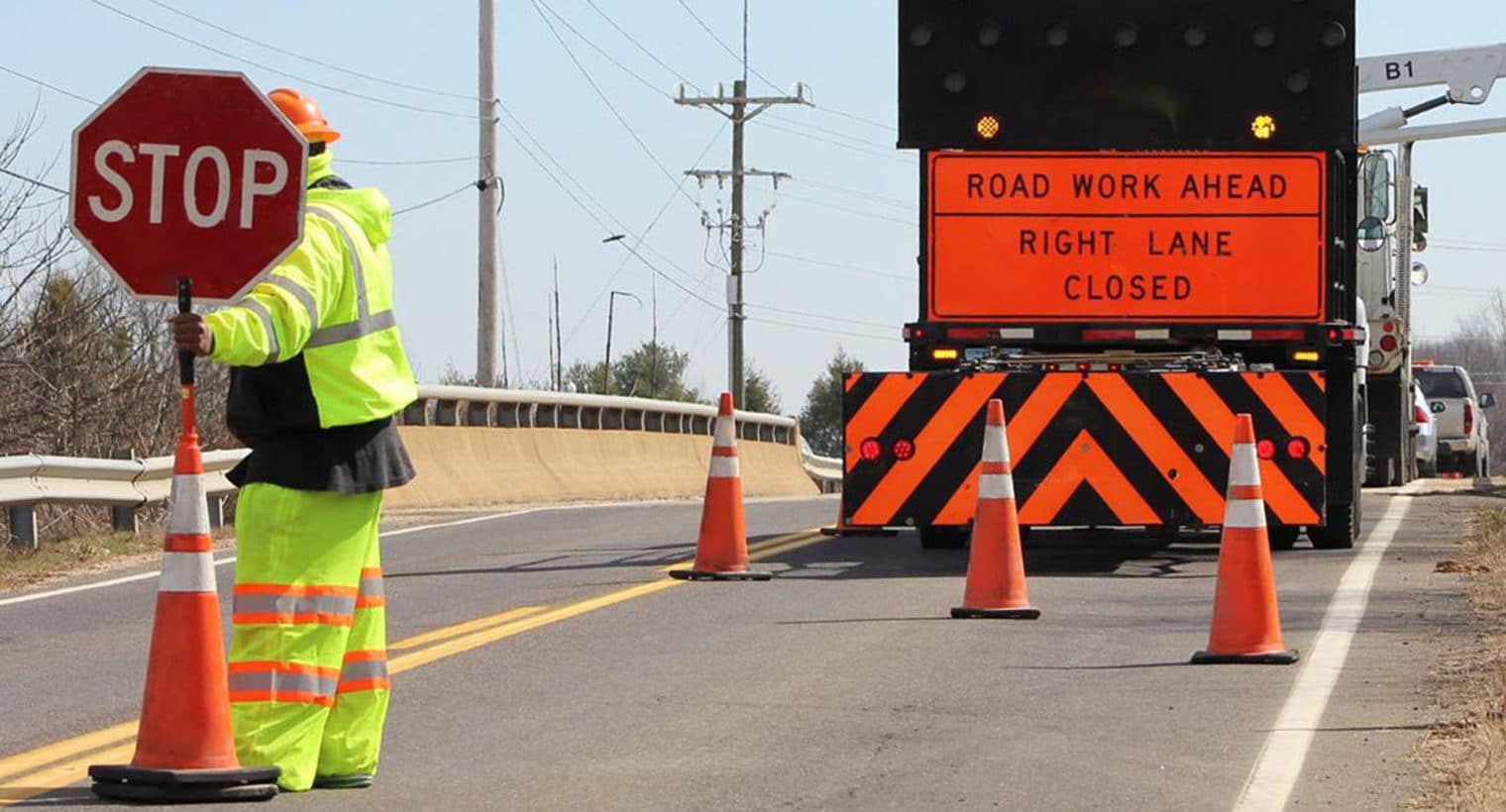The 15-Second Trick For Safety Network
Table of ContentsEverything about Safety NetworkThe 30-Second Trick For Safety Network9 Easy Facts About Safety Network ExplainedSome Known Factual Statements About Safety Network How Safety Network can Save You Time, Stress, and Money.
The stages within a ring are numbered as illustrated in Figure 7-2. Dual-Ring Controller Unit Has 2 interlocked rings organized to time in a favored series and also allow concurrent timing of particular stages in both rings, based on the constraint of the barriers (compatibility lines). Traffic signs. Each ring might contain as much as two phases in each of its two obstacle teams, for an overall of 8 stages.Obstacle (compatibility line) A referral factor in the marked series of dual-ring and also multi-ring controller devices at which rings are interlaced. Obstacles ensure contradictory phases will not be selected or time simultaneously. At an obstacle, rings terminate the current phase and cross the barrier at the same time, as shown in Figure 7-3.
If a phone call does not exist in one of the rings when the barrier is crossed (from the other phase team), a stage is picked in that ring to be triggered by the controller in an established manner. Referring again to number 7-3 in the lack of calls on Phases 7 as well as 8, Stage 2 and also Phase 6 terminate to service a phone call on Stage 3.
Fascination About Safety Network

Setting Description Minimum Environment-friendly The outright minimum duration of the stage's eco-friendly indication. The phase can not void out or be required off during this period. Variable Initial Environment-friendly A time computed from the number of strategy detector actuations during red. In the absence of a stopline detector, it enables sufficient time to solution cars queued in between the stopline and also a breakthrough detector.
The period of this interval is impacted by related specifications including Added Preliminary (amount of eco-friendly added per actuation) as well as Optimum Initial. Pedestrian Stroll The minimal duration of the Stroll indication for pedestrians. The phase can not void out or be forced off throughout this period. Pedestrian Clearance The repaired period of the Blinking Don't Stroll sign for pedestrians.
Our Safety Network Ideas
Green Extension The amount of time whereby the eco-friendly is prolonged after an automobile is detected. If the minimum green, variable initial green, Walk, and FDW have all expired, and no method detector input is currently On, the phase green can end (void out) if the moment gap in between successive automobiles surpasses the eco-friendly extension time plus the time the detector input remains On while the vehicle is being picked up.
This criterion bypasses Eco-friendly Extension, yet none of the various other specifications above. Yellow Clearance The fixed period of the yellow sign that constantly complies with the green sign. Red Clearance The moment during which both the terminating phase, and also the complying with conflicting stage(s) ready to start, at the same time present a red sign - Traffic management services.
The "quantity" option increments an initial environment-friendly interval timer each time a vehicle is detected while the stage is red. The minimum environment-friendly is timed as the higher of the normal minimum environment-friendly as well as this computed preliminary eco-friendly, up to an optimum. In the lack of stopline detectors, it can be used to count the variety of cars waiting before the development detectors and raise the minimum environment-friendly, if needed, to remove this queue.
The Ultimate Guide To Safety Network
One such sequence can be utilized on one road (one obstacle group), while a different series is made use of on the other street. Series Summary Leading Left Turn Series begins with Phase 1 as well as Stage 5, the opposing turns relocating together. As demand ends or maximum environment-friendly is reached on either Phase 1 or Phase 5, the particular left-turn is ended after the appropriate adjustment and also clearance periods, and the opposing thru movement (Phase 2 or Phase 6) is offered a green sign simultaneous with its coming with left-turn.
As demand ends or maximum check these guys out green is reached on Phase 5, that left-turn is terminated after the appropriate modification as well as clearance intervals - https://linktr.ee/s4fetynetw0rk. The opposing thru motion, Stage 6, is released to keep up Phase 2. As demand finishes or maximum environment-friendly for Phase 2 is gotten to, it is terminated after the appropriate change as well as clearance periods, at the obstacle line.

Safety Network for Dummies
Input Description Car Detector Call Gets in a lorry need for solution right into the appropriate stage of the controller device. Pedestrian Detector Telephone Call Gets in a pedestrian need for solution right into the affiliated stage of the controller system. Hold Command that maintains the existing right of way as well as has different reactions, as complies with depending upon operation in the vehicle non-actuated or actuated setting: For a non-actuated stage, energization of the hold input preserves the controller system in the timed out walk duration with environment-friendly as well as walk indicators displayed.
De-energization of the hold input and with the WALK interval timed out creates the controller device to progress into the pedestrian clearance interval. Re-application of the hold input while timing the pedestrian clearance part of the environment-friendly interval neither hinders the timing of this duration neither the termination of the phase.